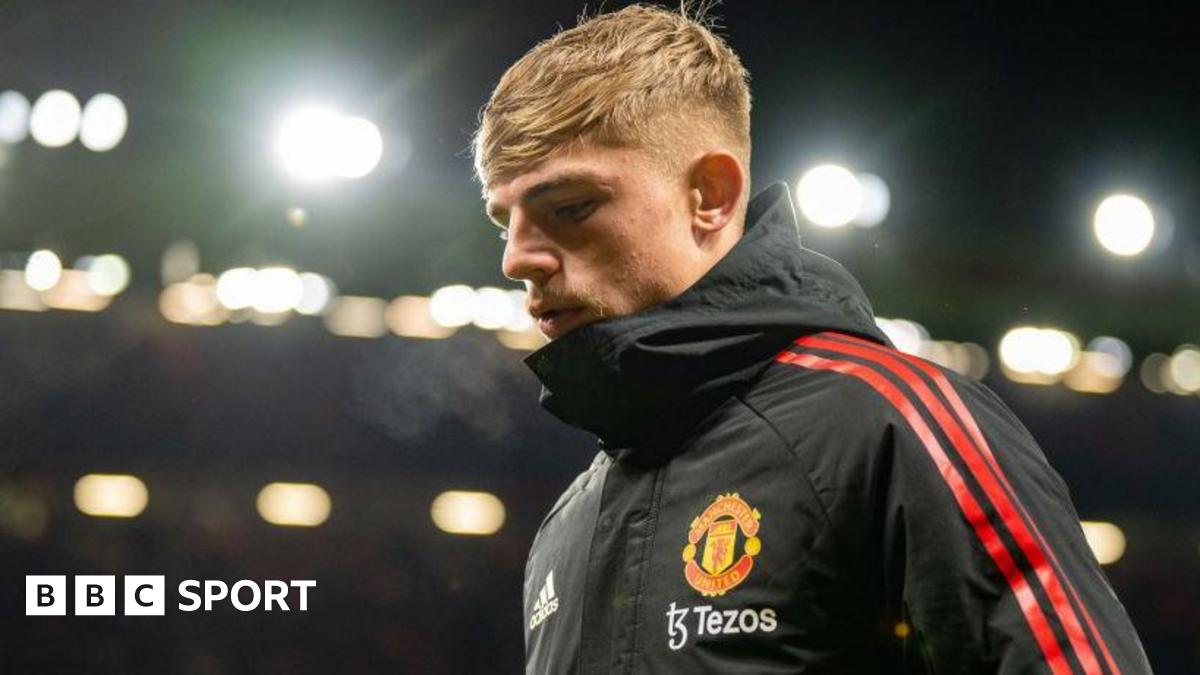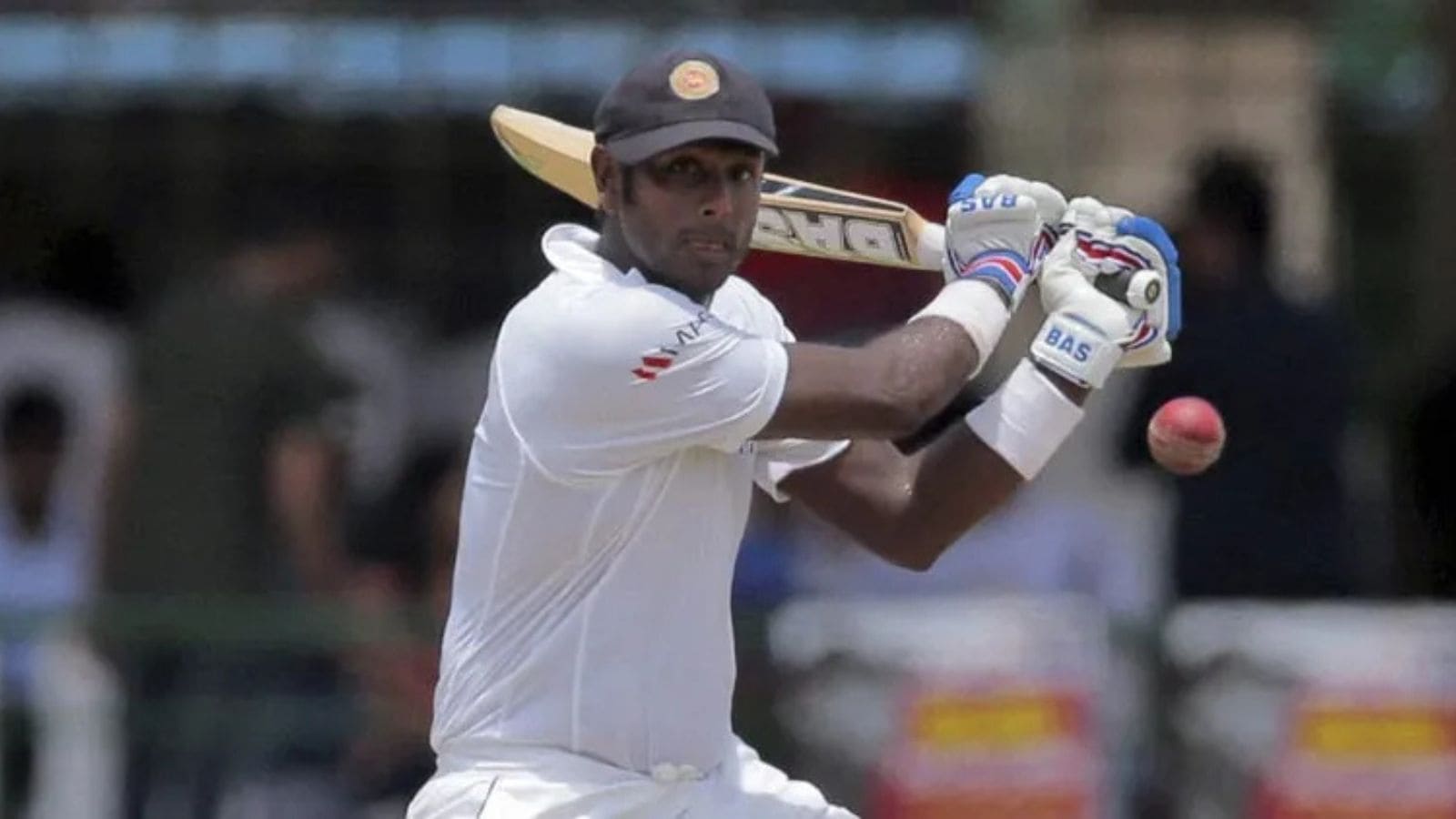Booze bans, homework and the end of the world clause: the NFL’s oddest contracts

As contract clauses go, this one is pretty painful: Packers guard Sean Rhyan missed out on $2m after falling two snaps shy of picking up a bonus. The NFL has a built-in bonus pool designed to reward late draftees who see the field early in their careers. One of those performance benchmarks is a player’s volume of snaps. If they cross the 35% mark, they receive a chunky bonus. But Rhyan fell two snaps shy of that mark last season, missing the chance to see his base salary more than double.The performance escalator is one of the quirks of the league’s Collective Bargaining Agreement. With the CBA, rookie pay scale and hard salary cap, the NFL is typically a less chaotic contractual league than others in North America. There are none of the odd riders in players’ contracts – the unlimited sushi, 30-year contracts, or Springsteen guarantees – that litter other sports. Careers are short. Leverage is fleeting. The language is standardized. However, Rhyan’s situation is far from a one-off.The homework clauseFew positions in sports are as mentally taxing as quarterback. They have to ID and break down tricky coverages and deliver throws on target and in rhythm. It requires thousands of physical and mental reps.Peyton Manning could squeeze in upwards of 40 hours of extra tape study a week, leading to an arms race among young quarterbacks keen to show they were keeping up with the best. When he was drafted No 1 overall by the Rams, Jared Goff was so overwhelmed by the demands of the position that he built a film-watching bunker in his home.“I watch tape all day Monday, all day Tuesday, Wednesday we practice, Thursday we practice, Friday we practice, then I come home and watch film, then Saturday before the game, I watch film, and then Sunday morning, I watch film,” Tom Brady said in 2022. “It’s almost soothing. I can go four or five hours without getting up from the chair.”But not everyone is so … dedicated. Or at least their team doesn’t trust that they have Brady’s inner drive. In 2022, the Cardinals signed Kyler Murray to a five-year, $230m extension, making him the second-highest-paid player in the league. As part of the contract, the Cardinals included an “independent study” clause that mandated Murray watch four hours of film a week, independent of the team. Arizona planned to include a tracker in their team-issued tablet to ensure Murray’s focus was on the game tape, rather than movies or video games. The addendum allowed the Cardinals to terminate Murray’s contract if he didn’t complete his homework.Why would you hand $230m to a player you weren’t sure was doing the bare minimum for the position? Good question! After the news leaked, the Cardinals decided to remove the clause. But the stain still lives on; Murray continues to be hit with allegations that he isn’t as focused or engaged as the position’s elite, despite ripping off the best season of his career in 2024.The Dez RulesJerry Jones operates in a league of his own. In his 36 years as the Cowboys’ owner, no one has given more leeway to rogue personalities. But no one has enforced such strict rules, either.Some of the most intense treatment was reserved for Dez Bryant. After his 2011 arrest for assault, the Cowboys had their budding star receiver sign a “security agreement” to try to rein in his off-the-field activity. The team did not officially change Bryant’s contract, but he signed a three-year, four-page agreement with longtime Cowboys fixer David Wells. The “Dez Rules” set out a series of guidelines:Bryant would be followed by a three-person security detail whenever he was away from the Cowboys’ training base.He would be driven to and from practice by Cowboys personnel.He would attend two mandated counselling sessions a week.He was banned from drinking alcohol.He was barred from attending strip clubs, given a midnight curfew, and only allowed to attend clubs where veteran Cowboys security staffers moonlighted as door staff.The rules even extended to putting security cameras inside Bryant’s home, so that Wells could track who was coming and going. And Bryant had to cover the security bill himself, with the $17,000 a month cost deducted from his salary. As Bryant earned more trust, the rules were scaled back. But, as invasive as the rules were, they worked. Bryant put together the best three-year stretch of his career on the field while staying out of trouble off it.The Bryant episode was not Jones’s first use of team-mandated security details – or the most invasive. “No, this is [not] the strictest at all,” Jones said in 2012. Adam “Pacman” Jones and Tank Johnson signed similar agreements with the team. But Pacman’s was voided after he was suspended by the league for getting into a fight with his own bodyguard.Weight clausesSometimes, going on a diet pays off. NFL teams have long included bonuses in players’ contracts if they hit a target weight. Ordinarily, a target is set for the start of training camp with a further trigger at the end of preseason if a player hits their goal weight. The Patriots took things to a different level with offensive linemen Trent Brown, inserting a clause in his contract that would trigger a $1.5m payday over two seasons if he kept his weight down.Brown, then the largest player in NFL history, was asked to trim down from 390lbs to 365lbs in time for the start of the 2022 season. Among other incentives, each week of preseason, Brown was given a new target to hit that would trigger a $75,000 bonus. At his weekly check-ins during the season, Brown could earn an extra $25,000 if he maintained his weight, totaling $450,000 in the regular season.Weight targets are standard practice for beefy offensive and defensive linemen. They’re less common, however, with more svelte skill-position players. But when the Seahawks signed running back Eddie Lacy as a free agent in 2017, roughly 18% of his salary was tied to the scales. Lacy turned up for his free agent visit with Seattle 36lbs overweight. The team still signed him to a base salary of $2.1m but included another $2.1m as incentives, with $385,000 tied to his weight. Lacy was given six months to get himself in shape, and the bruising running back began shedding pounds in time for training camp – he even hired the founder of P90X to help him. Like Brown, Lacy was weighed at the start of camp, with bonuses heading his way each week as he burned more fat. Once he hit his target weight, Lacy was paid an extra $55,000 a month to stick to his playing weight. Not bad business if you can get it.View image in fullscreen Eddie Lacy was paid for keeping weight off. Photograph: Dylan Buell/Getty ImagesTeams have even used weight clauses to engage in some draft chicanery. The NFL’s complicated comp pick formula, which rewards teams with draft picks, doesn’t take into account weight-related bonuses. The Eagles worked the system in 2018 when they signed receiver Mike Wallace. Wallace was a slender speedster, weighing around 200lbs for most of his career. To get around the comp pick formula, the Eagles signed Wallace to a reduced base salary and inserted a $585,000 bonus in his contract if he reported to training camp under 250 lbs. Whadya know? Wallace came in at 200lbs and pocketed the bonus. The move allowed the Eagles to sneak an extra sixth-round pick in the next year’s draft by layering Wallace’s contract in a way that kept it below the comp pick triggers.Akili Smith bets on himself (oops)The Bengals drafted Smith, a quarterback, No 3 overall in 1999, back before the NFL had a rookie scale that effectively tied a player’s salary to where they were selected in the draft.Smith held out for most of his rookie training camp while negotiating his contract (somehow, the Bengals are still in contract disputes with first-rounders today despite the rookie wage scale). He eventually agreed to a deal that converted most of his contract into performance incentives rather than upfront cash. Smith agreed to a deal that gave him a $10.8m signing bonus, below market value at the time, but that included up to $56m in performance incentives.Smith bet on himself to at least be competent as a rookie. Oops. One of the key details was a so-called “escalation clause” that would trigger a $4m bonus if Smith threw for at least 1,600 yards in his rookie season, an easy target for a 16-game starter. But Smith never hit the figure. He was benched 11 games into his career after throwing for only 1,253 yards, in part because the Bengals were trying to avoid a hefty payday, and in part because they recognized they had a bust on their hands.Smith wound up starting only 17 games for the Bengals, throwing just five touchdowns with 13 interceptions. And he missed out on almost every performance clause he had negotiated. Four years later, he was out of the league.The end of the world clauseWhen the league first entered the salary cap era, players did not trust that owners would hold up their end of the bargain. After he was drafted No 2 overall by the Seahawks in 1993, Rick Mirer asked for a stipulation in his contract that would guarantee he would be paid no matter what happened … including the end of the world.Mirer’s agents, Don Yee and Marvin Demoff, included language pinched from the banking world that the quarterback’s contract would “survive and remain effective from the date of execution of this contract up to and including the end of the world.”Mirer did get paid. He also lost a ton of games over his four years as a starter in Seattle.













